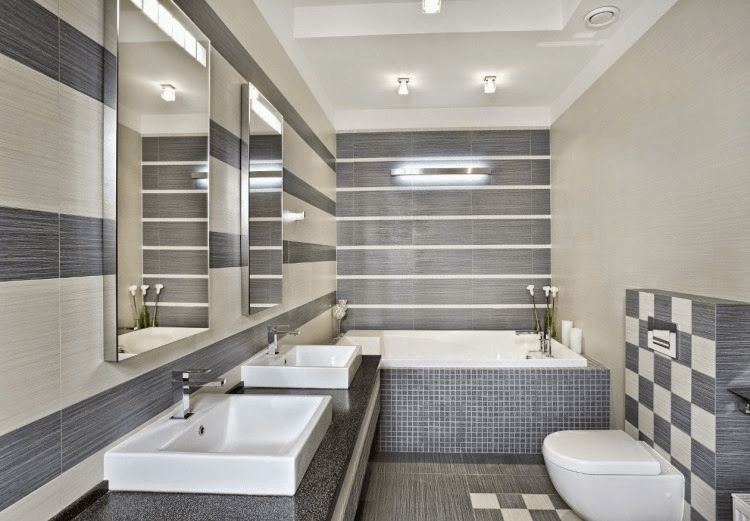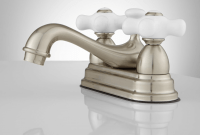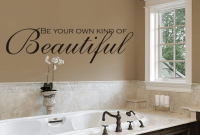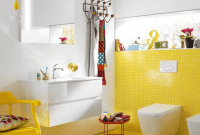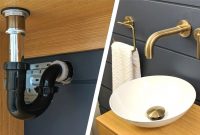Bathroom lighting tend to be overlooked, especially by beginner builders.
While one LED in the center of your wet room might seem enough, they might not be practical and even put you to dangerous accidents.
Want to fix it? Here are the thumb rules of bathroom overhead lighting.

1. Consider Your Bathroom Design
How effective your lighting is, depends heavily on the bathroom layout. Trapeze and rectangular layout have different lighting results even if arranged just in the same way. Where your utilities placed play a big role too.
The wall colors can affect the lighting too, since bright colors tend to reflect the lights and darker ones tend to absorb them.
2. Pick Your Fighter
The types of light bulbs you ended up choosing also important here. You find a fancy chandelier and want to put it up in the bathroom? That’s OK. But remember that the lights have to be bright enough for you to see your body and the surroundings.
Don’t forget to think about the costs and the upcoming bills. Halogen is the world standard.
However, it costs more than normal incandescent. For big bathrooms, fluorescent would benefit more in lighting effectivity and costs. LED strips would do in micro bathrooms or extra lighting for the sides.
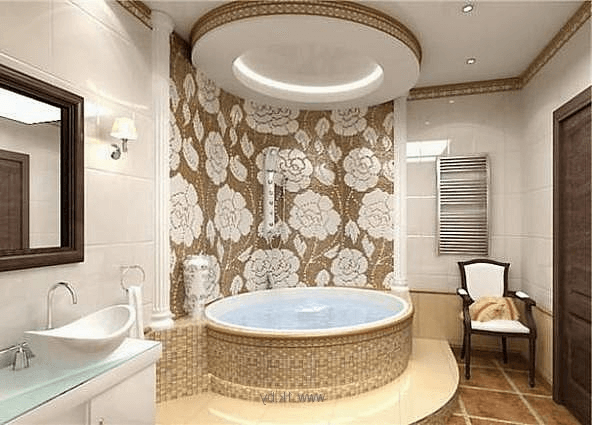
3. Put your thought on placements and safety too.
Don’t forget that bathroom is supposed to be… wet. And what’s lethal with water in company? Electricity. Don’t just consider the aesthetic part, think about the instalments as well.
Make sure you can do your business in the room properly and safely. Putting the lights just in the corners of the room might be aesthetical, but it’s a way safer if you place them far from the water pipes.
So pick the places that need’s light focus such as the mirror and shower for the lamp placements. Nobody wants to get burned while having a nice warm shower, right?
4. Test Your Shadows
You got the most ideal and effective lighting when your shadow doesn’t dim the direction of your vision. This is why placement is important.
There’s no point of having lamps as bright as spotlights if you place it on the opposite side of the mirror. There’s no point of having dim aesthetical yellow light in the shower if you can’t see where your feet are going too.
So don’t just observe by the door, try standing in a few places; such as in front of the mirror, in and around your shower, bathtub, and the toilet.
Does your own shadow or other things in the room limit your vision? If the answer is yes, change to a brighter lightbulb or consider revising your light placements.
Read also: Modern Bathroom Lighting.
Those are the four thumb rules of bathroom overhead lighting. In case you are unconfident with your decisions, it’s totally okay to talk to professionals to get the safer side.
Just remember the 4 rules; consider your room design, choose the right bulb, practice safety and effectivity, and test them before you use it. Good luck!

Originally posted 2020-02-20 10:49:55.

